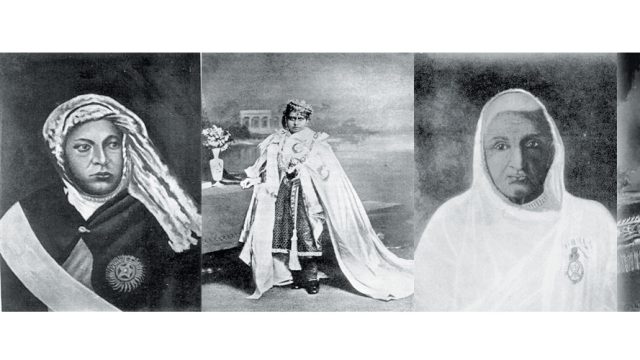The begums of Bhopal were ambitious and just rulers. The first Begum, Qudsia, was an unofficial regent. A visionary queen, she built the Jama Masjid, and laid pipelines and railways. Though a devout Muslim, she cast off her purdah saying the Prophet’s wives didn’t wear the veil. Her daughter Sikandar (1844-68), under whom Bhopal saw its Golden Age, was an equally vigorous ruler — she dressed like a Muslim prince and rode horseback unveiled. She was the first one to be officially accepted as the Regent (in 1859), in lieu of her loyalty to the British during the 1857 Revolt.
From then on, the successive female rulers were addressed as Nawab Begum. Nawab Sultan Jahan (1901-26), the fourth regent, was in her 40s when she inherited the throne. In December 1920, she became the first Chancellor of Aligarh Muslim University. But, most important of all, she reverted Bhopal back to male rule. She managed to convince the British that her son, Mohammad Hamidullah Khan, should succeed her. Thus, after a century of women regents, the royal mantle passed into male hands. But it was a brief interregnum for, after Hamidullah died in1960, fate again decreed that his daughter succeed him.
Of his three daughters, Abida Sultan (the rightful successor) lost the right to the gaddi by migrating to Pakistan. So in stepped Sajida Sultan, by now married to Iftikhar Ali Khan Pataudi. Pakistan’s former Foreign Secretary, Shaharyar M. Khan, is Abida Sultan’s son. Incidentally, the controversial Dr Abdul Qadeer Khan is also a Bhopali.




